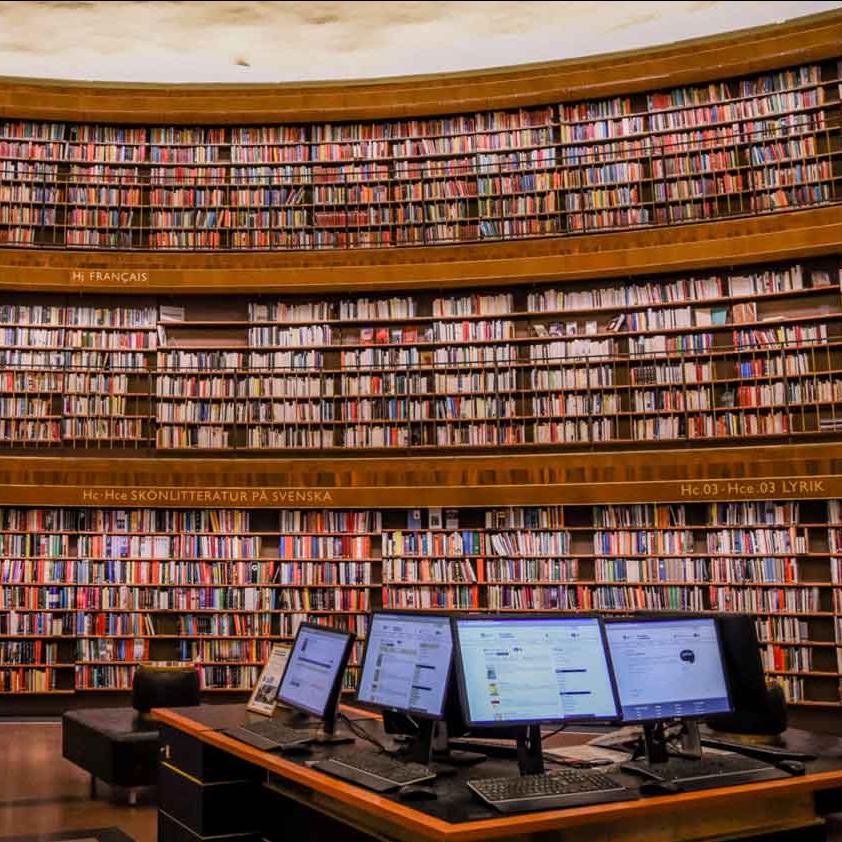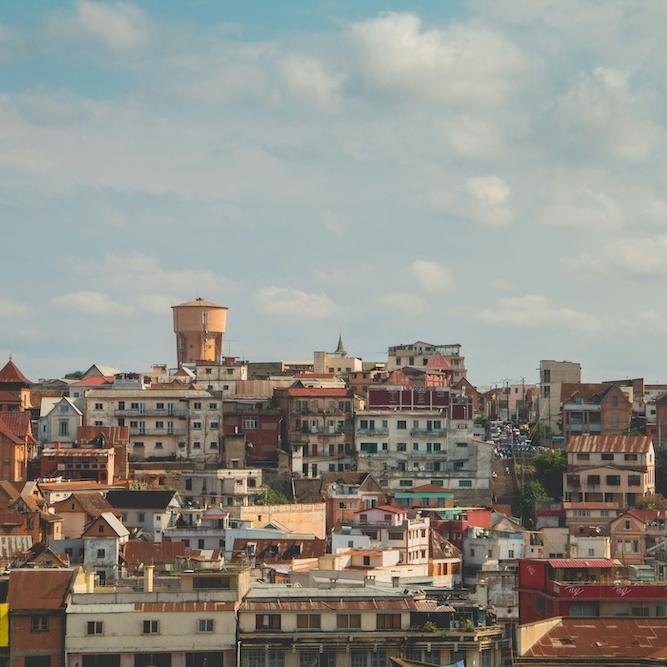An interdisciplinary seminar in the fall semester took students from Ithaca to New York City to explore African American heritage sites and the people whose work keeps this history alive.
For Nia Whitmal, a doctoral student in anthropology, the course, “Black Memory Workers and their Spatial Practices: Explorations on African American Heritage Spaces in New York City,” allowed her to see the connections in many of her interests. It also allowed her to meet and film Michael Henry Adams, a Harlem historical preservationist, and to visit many historic brownstones in Brooklyn and Harlem.
“This aspect of the trip really spoke to how interdisciplinary and layered the course is,” Whitmal said. “Architecture was clearly at the forefront, but my background in anthropology was always relevant. So was textile and fiber design, African American literature, and in this case, interior design, genealogy and property development.”
The four-credit seminar was taught by Peter Robinson ’98, visiting critic at the College of Architecture, Art and Planning; and Riché Richardson, professor of Africana Studies in the College of Arts & Sciences. It’s the third phase of Cornell's Mellon Collaborative Studies in Architecture, Urbanism and the Humanities.
“A Black memory worker is someone embedded in the culture, so it’s not just their job to preserve their community, it’s a life practice,” Robinson said, citing the example of Roberta Washington, founding principal of Roberta Washington architects, whose brownstone has become the home for documents related to the history of black architecture.
The course built on Robinson’s work with high school students in the My Brother’s Keeper Alliance from Medgar Evers College Preparatory School in Brooklyn. The high school students spent six weeks last summer at the Brownsville Heritage House (BHH), in collaboration with BlackSpace Urbanist Collective, learning about the architecture and urban design/planning profession and creating a design strategy report for suggested improvements.
“Design strategy has taught me to effectively plan by imagining to the fullest extent, and then being able to organize the most pertinent information for use,” said Elisha Amadasu, a senior at Medgar Evers. “This is yet another useful way to look at planning life.”
Amadasu and other high-schoolers visited Cornell earlier this semester to share their work before the Cornell students headed to the city for a week. George Patterson, senior director of My Brother’s Keeper in New York City, also visited Cornell to see the student presentations.
“I had the opportunity to see President Obama’s vision of My Brother’s Keeper come to fruition in a major way,” he said. “To quote one of the professors who attended the presentation, ‘They owned the room!’ This bridge of opportunity could not have been done without the tutelage of Peter Robinson who introduced the students to architecture and urban design and assembled a team of Cornell graduate students and mentors to work with the students on this project. This was a major investment into our young scholars, and I could not be more pleased with the outcome.”
During their trip to New York City, the Cornell students explored BHH; the African Burial Ground National Monument with Nicole Hollant-Denis ’89, architect of record; the conservation area of the Museum of Modern Art; and various other churches, sites and historic brownstones. They also met with numerous Black memory workers and architects and took part in a workshop at the Gensler Family AAP NYC Center in which Hollant-Denis presented her work.
After their visit to the city, the Cornell students chose final community-engaged projects centered on one of the sites or projects they had visited.
“All of the students created concrete and tangible deliverables,” Richardson said. “It was such a special multi-layered experience. I can’t remember another class where students had the opportunity to experience the magnitude of connections they were able to make this semester.”







